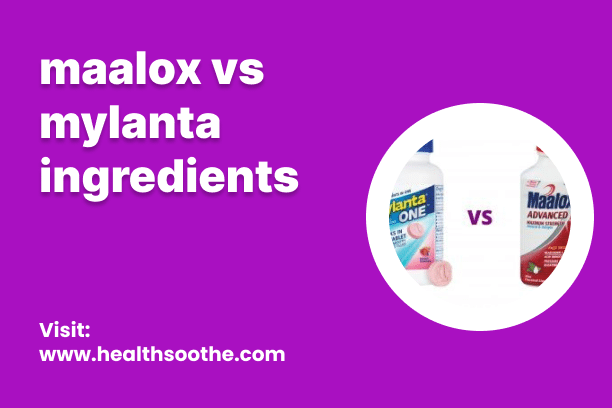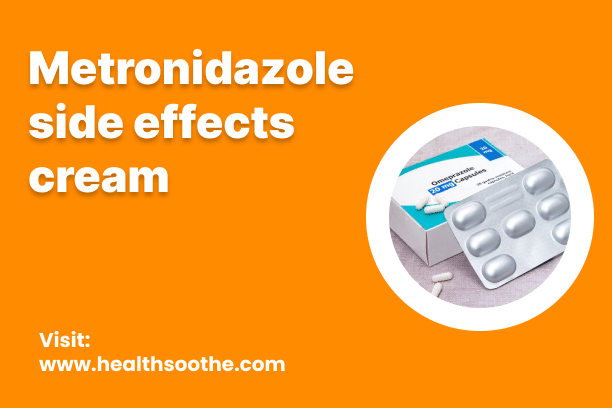Maalox, a widely recognized antacid, has been utilized extensively over the years to alleviate symptoms associated with acid-related ailments. Comprising a blend of two key components, aluminum hydroxide and magnesium hydroxide, Maalox has established its reputation for effectively addressing acid reflux and heartburn discomfort. Delving deeper into Maalox’s composition and its mechanism within the body reveals its trusted role in providing relief from these symptoms. Composition of Maalox The aluminum hydroxide component in Maalox functions by neutralizing stomach acid, while magnesium hydroxide serves as a laxative, alleviating constipation often associated with antacid consumption. Together, these ingredients offer a dual-action strategy…
Author: Wisdom Bassey
Stevens-Johnson syndrome (SJS) is an uncommon yet severe condition affecting the skin and mucous membranes. Typically triggered by medication, it initiates with flu-like symptoms and progresses to a painful rash characterized by spreading and blistering. Subsequently, the affected skin’s top layer deteriorates, sheds, and begins healing over the course of several days. SJS represents a medical emergency often necessitating hospitalization. Treatment primarily revolves around identifying and discontinuing the causative agent, tending to wounds, managing pain, and reducing potential complications during the skin’s regeneration process. Recovery may span from weeks to months. A more severe variant known as toxic epidermal necrolysis…
TUMS offers a safe solution for relieving heartburn in pregnant women while also supplementing calcium to the body. During pregnancy, it’s recommended that women consume between 1,000 mg and 1,300 mg of elemental calcium daily. It’s important to schedule TUMS intake separately from iron supplements. Heartburn, a discomfort frequently experienced during pregnancy, arises when stomach acid ascends the esophagus, inducing a burning sensation in the chest or throat. Fortunately, pregnancy-related heartburn poses no harm and can be controlled with or without medication, including antacids. Antacids, available over-the-counter (OTC), work by neutralizing stomach acid to alleviate acid reflux. Although most antacids…
Olanzapine is a medication that requires a prescription and is accessible in tablet and disintegrating tablet forms, the latter dissolving on the tongue upon ingestion. Both formulations are administered orally. Additionally, there exists an injectable variant of olanzapine, which is solely administered by healthcare professionals. Olanzapine tablets are marketed under the brand names Zyprexa (for the oral tablet) and Zyprexa Zydis (for the disintegrating tablet). They are also available in generic form, which typically entails lower costs compared to their brand-name counterparts. However, generic versions may not always be obtainable in every strength or presentation as the brand-name versions. Olanzapine…
Topiramate, classified within the anti-epileptic medication category, has received FDA approval for managing seizure disorders and mitigating migraines. However, a prevalent side effect associated with this drug is weight loss. Consequently, various studies have scrutinized Topamax to assess its potential effectiveness and safety in promoting weight loss. While Topamax is exclusively FDA-sanctioned for weight loss when coupled with another medication known as phentermine, this combined treatment is marketed under the brand name Qsymia. Although Topamax is occasionally utilized independently for weight loss, such usage is considered off-label. Despite its off-label status for weight loss, Topamax remains widely prescribed. According to…
Sulfonamides, also known as sulphonamides, represent a class of synthetic medications containing the sulfonamide chemical group and are commonly referred to as sulfa drugs. While many people use the term sulfonamide loosely to describe only antibiotics incorporating a sulfonamide functional group in their chemical makeup, there exist various non-antibiotic sulfonamides developed by leveraging insights gained from the clinical assessment of antibiotic sulfonamides. These non-antibiotic variants serve diverse purposes such as managing diabetes and alleviating pain. The initial sulfonamide, Sulfanilamide, was formulated in 1906, though its application as an antimicrobial agent didn’t occur until the late 1930s. Sulfonamide antimicrobials, which are…
Metronidazole is an antibiotic prescribed for a range of infections. Its mechanism involves halting the growth of specific bacteria and parasites. It’s important to note that this antibiotic is effective against select bacterial and parasitic infections but not viral ones like the common cold or flu. Misuse of antibiotics when unnecessary can render them ineffective against future infections. Additionally, Metronidazole may be combined with other drugs to address specific stomach or intestinal ulcers stemming from H. pylori bacteria. How to use Metronidazole Before commencing metronidazole, ensure you peruse the Patient Information Leaflet, accessible from your pharmacist, both at the outset…
Nitrofurantoin is employed for the treatment of urinary tract infections, belonging to a category of drugs known as antibiotics. Its mechanism involves the elimination of bacteria responsible for the infection. It’s noteworthy that antibiotics like nitrofurantoin are ineffective against colds, the flu, or other viral infections. Urinary tract infections (UTIs) pose a common challenge for many individuals, occurring sporadically or frequently. They occur when specific bacteria colonize the urinary tract. Symptoms typically include cloudy urine, painful or burning sensations during urination, and discomfort in the lower abdomen. In case of experiencing such symptoms, a healthcare provider might prescribe nitrofurantoin. Nitrofurantoin…
Tardive dyskinesia (TD) is a condition characterized by involuntary and repetitive movements, typically affecting the face, trunk, and other body parts. TD often stems from the use of medications known as dopamine receptor blockers, such as antipsychotics and various prescription drugs. Studies suggest that a significant portion, ranging from 20% to 50%, of individuals taking antipsychotics may encounter TD, with women and older adults being particularly vulnerable. Prolonged use of dopamine receptor blockers can lead to alterations in the striatum, a region of the brain, which may contribute to the development of TD. However, it’s essential to understand that not…
Nabumetone, categorized as a nonsteroidal anti-inflammatory drug (NSAID), is utilized to alleviate pain and inflammation linked with conditions like osteoarthritis and rheumatoid arthritis. It is marketed under different brand names such as Relafen, Arthaxan, and Mebutan. Originating in the 1970s, Nabumetone was developed by the Spanish pharmaceutical company, Llorente. It received approval for use in the United States in 1991. Its mechanism involves the reduction of prostaglandin production, which are body chemicals contributing to pain and inflammation. Nabumetone stands out among NSAIDs as it is a prodrug, necessitating metabolism within the body to become active after oral consumption. Consequently, it…











